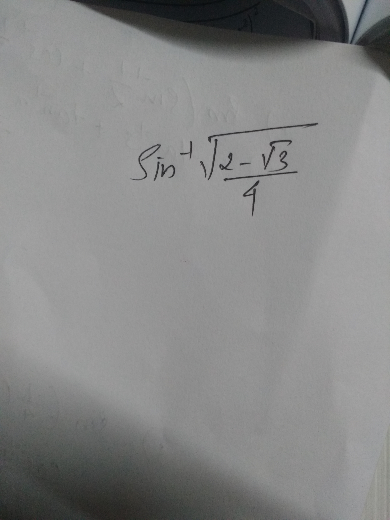
AllQuestion and Answers: Page 1764
Question Number 32633 Answers: 0 Comments: 1

Question Number 32632 Answers: 0 Comments: 2

Question Number 32629 Answers: 1 Comments: 0
Question Number 32627 Answers: 0 Comments: 1
Question Number 32610 Answers: 0 Comments: 1
Question Number 32609 Answers: 0 Comments: 0
Question Number 32600 Answers: 0 Comments: 6

Question Number 32591 Answers: 0 Comments: 0

Question Number 32590 Answers: 1 Comments: 0

Question Number 32589 Answers: 0 Comments: 0

Question Number 32585 Answers: 3 Comments: 2
Question Number 32578 Answers: 0 Comments: 1

Question Number 32569 Answers: 0 Comments: 1
Question Number 32563 Answers: 2 Comments: 2
Question Number 32584 Answers: 1 Comments: 0

Question Number 32546 Answers: 0 Comments: 1

Question Number 32577 Answers: 0 Comments: 3

Question Number 32543 Answers: 1 Comments: 0
Question Number 32541 Answers: 2 Comments: 0
Question Number 32538 Answers: 1 Comments: 1

Question Number 32535 Answers: 0 Comments: 0
Question Number 32534 Answers: 1 Comments: 0

Question Number 32532 Answers: 0 Comments: 3
Question Number 32529 Answers: 1 Comments: 2

Question Number 32517 Answers: 0 Comments: 1
Question Number 32510 Answers: 2 Comments: 1

Pg 1759 Pg 1760 Pg 1761 Pg 1762 Pg 1763 Pg 1764 Pg 1765 Pg 1766 Pg 1767 Pg 1768
